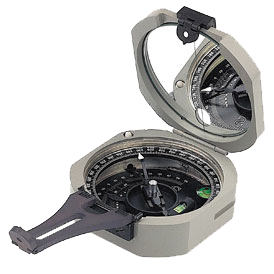Products & Services
Product Design
Our injection-molded magnets offer tremendous design versatility allowing engineers to add unique features to the magnet or magnet assembly that cannot be easily obtained using ceramic or sintered magnets. Injection-molded magnets are far less brittle, offer tighter tolerances, and meet magnetic requirements to a tighter tolerance. The injection-molding process can hold tolerances down to +/- .0005″ (.01mm). With this in mind, one can easily see that tighter air gaps, precision press fits and intricate details can be achieved with great success.
Design features may be assembly keys, mechanical features, reduced part weight and size, inserts, and unique magnet geometry. You may also utilize the option to add a second or even third injection molding process to capture multiple design requirements in one magnetic solution!
Our experience incorporating two or three components in one molded assembly can represent tremendous cost savings. Using fabricated steel inserts is a cost-effective way of eliminating steps in the manufacturing process. Incorporating inserts in bonded-magnet design produces a product that has exceptional uniformity and functionality. Engineered thermoplastics are also an excellent choice as an alternative to steel inserts, offering the opportunity to add structural ribs, fine threads, and color coding. Many binder systems can be used when injection molding magnets. Typically, a nylon 6 or nylon 12 is used. Other options include PPS, EEA, or heat-resistant polyamides. When optimizing a second or third operation in the molding process, there is a very wide range of thermoplastics available to meet specific requirements.

Magnetizing and Testing
Custom magnetizers, magnetizing fixtures and test devices are engineered and built in-house for production application use. Significant time is devoted to focusing on specific magnetic application challenges and applying design techniques to avoid these challenges in the finished product, to meet individual customer needs.
Tooling Design
A typical magnet design will include one or two injection-molding tools (1st and/or 2nd OP); a magnetizing fixture and may include a specific magnetic-test fixture. Magnetic materials are very abrasive, so only the best tool steels available are used to decrease wear.